(USMLE topics, obgyn, gynecology) This video and other related videos (in HD) are available for instant download licensing here : https://www.alilamedicalmedia.com/-/galleries/narrated-videos-by-topics/common-ob-gyn-problems ©Alila Medical Media. All rights reserved. Voice by: Ashley Fleming All images/videos by Alila Medical Media are for information purposes ONLY and are NOT intended to replace professional medical advice, diagnosis or treatment. Always seek the advice of a qualified healthcare provider with any questions you may have regarding a medical condition. Help us make more videos like this: patreon.com/AlilaMedicalMedia Menopause marks the end of reproductive years in a woman’s life, when menstrual periods stop permanently. Menopause usually occurs naturally, as a result of declining levels of reproductive hormones, estrogen and progesterone, produced by the ovaries; but it may also happen prematurely after surgical removal of the ovaries, as a side effect of cancer treatments, or in a condition known as primary ovarian insufficiency, where the ovaries fail to produce hormones. Menopause is usually preceded by a transient period called perimenopause, when hormone levels start to drop. The last couple of years leading to menopause may bring symptoms such as hot or cold flashes, mood swings, insomnia, vaginal dryness, urinary urgency, and dry skin. Some women may also experience temporary heart racing, headaches and hair loss. The most telling sign that menopause is approaching is the irregularity of periods. Skipping a period or two is common. The cycles may also be shorter. Periods may be heavier or lighter than usual. Most symptoms usually ease in the years after menopause, but low levels of estrogen may cause other health problems. Because estrogen influences bone density and has a protective action on blood vessels against cholesterol plaques, low estrogen levels increase risks for bone loss, known as osteoporosis, and cardiovascular diseases. Low estrogen also weakens the tissues supporting the urethra, causing urine leakage, or urinary incontinence. Risks for urinary tract infections also increase after menopause. While menopause is a natural stage of life and does not require medical treatment, it is important to maintain a healthy lifestyle including physical exercise and diets sufficient in calcium and vitamin D, to counter the risks of heart diseases and osteoporosis. Women with persisting or severe symptoms may also benefit from certain treatment options: – Topical estrogen in the form of cream, tablet or ring, administered directly to the vagina, can be effective for treatment of vaginal dryness and urinary problems. – Kegel exercises strengthen pelvic floor muscles and may help treat urinary incontinence. – Estrogen replacement therapy is effective for treatment of severe hot flashes and may help prevent osteoporosis. However, it is associated with higher risks for cardiovascular diseases and breast cancer, and should be considered only for women with high risks of osteoporosis who cannot take non-estrogen medicines. Hormone therapy should be used at the lowest dose for the shortest duration needed to achieve treatment goals.
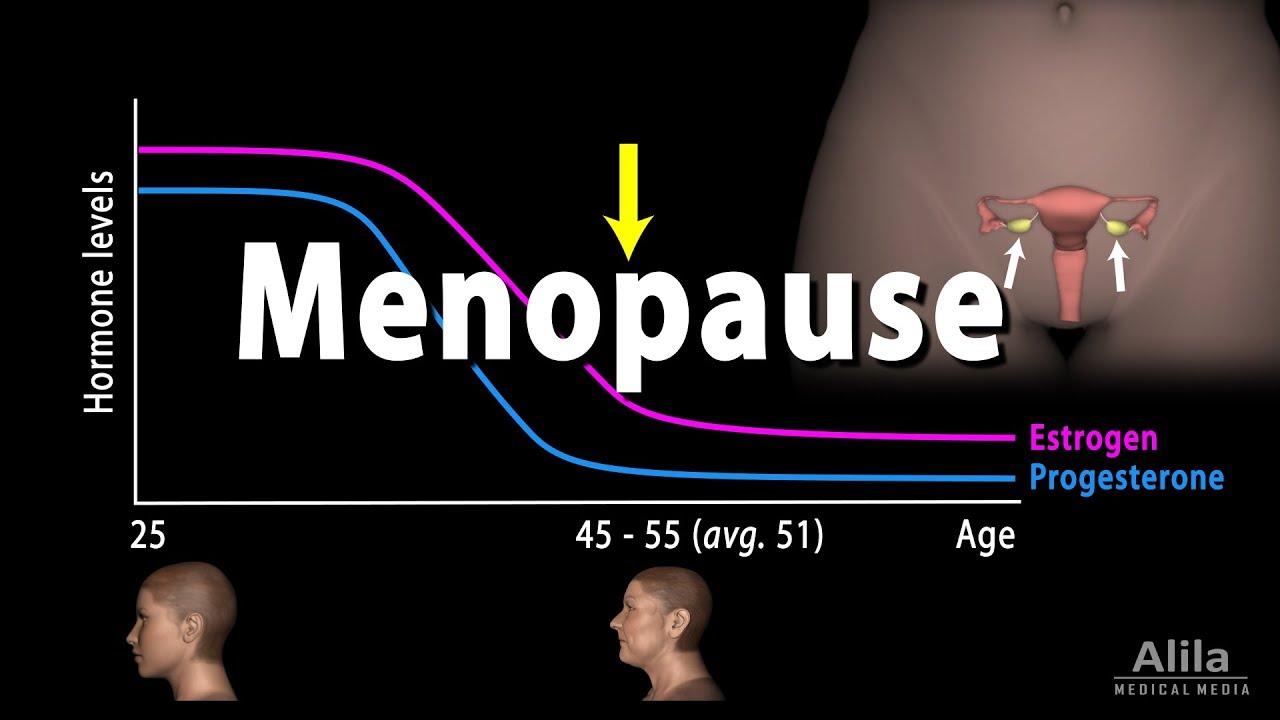
Menopause, Perimenopause, Symptoms and Management, Animation.
- Post author:admin
- Post published:October 15, 2021
- Post category:Uncategorized
- Post comments:0 Comments
You Might Also Like

What causes heart attacks? | #aumsum #kids #science #education #children

Fitness Model Nutrition Plan (EXACTLY WHAT SHE EATS!!)
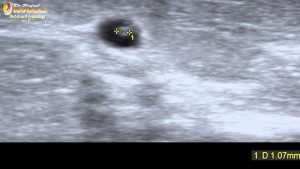
early diagnosis of cancer breast ultrasound 2D HD Dr. Rafael Ortega Muñoz Ciudad Real

Circuit Training – 4 Stations

Sky Jumping Video – 4

Definition Fitness Centre – 2017
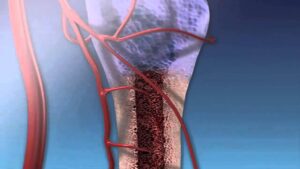
Endochondral Ossification Video
Arthritis

Close Grip Triceps Press
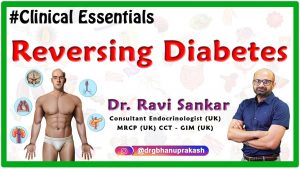
Reversing Diabetes – Dr.Ravi Sankar Endocrinologist MRCP(UK) CCT – GIM (UK)

How to Do Biceps Curls with a Balance Ball

How Often Should I Check My Blood Sugar Level?

Balancing Female Hormones Naturally Video Series
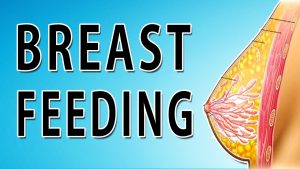
Physiology Of Lactation

Intro Propranolol

Top 5 Tips To Build A GREEK GOD Body At ANY Age!

How to Do a Jackknife | Ab Workout

Standing Bilateral Lateral Raises
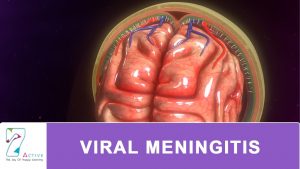
VIRAL MENINGITIS

BarBell shrugs shoulder/back exercise

What is Diabetes

What Is The Definition Of Anaerobic Medical Dictionary Free Online
Latissimus Dorsi Bent Over Row-9

Food To Lose Weight – These Top 10 Veggies Are The Best Foods To Lose Weight
Kidney Protective Medicine-Telmisartan

The Best Science-Based Leg Workout for Growth (Glutes/Quads/Hams)

Stability Ball: Back Extension

Does masturbation reduce sperm count? | Metromale Clinic & Fertility Center

SERGI CONSTANCE INSANE BACK WORKOUT
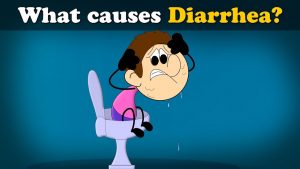
What causes Diarrhea? + more videos | #aumsum #kids #science #education #children
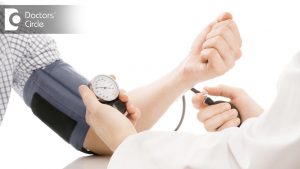
Causes and prevention of High Blood Pressure in young people – Dr. Surekha Tiwari

Day 1 | 30 Minute at Home Strength Workout | Clutch Life: Ashley Conrad’s 24/7 Fitness Trainer
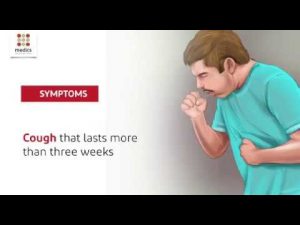
Tuberculosis: Causes, Symptoms, Prevention and Treatment
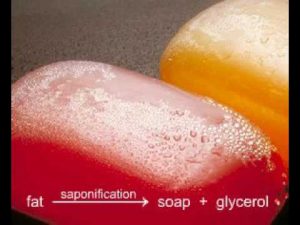
Hydrolysis of fats

Definition Fit – “Group Fitness”

Fish Oil Benefits and Side Effects

Keto Diet, Keto Foods, Keto Recipes Video – 12
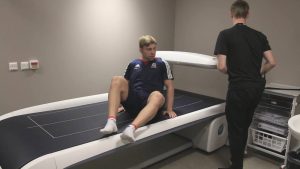
DEXA SCAN – Body fat percentage test
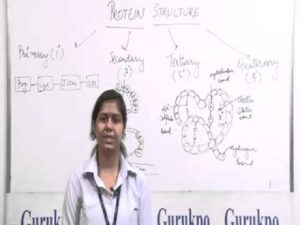
Protein Structure-B.Sc., M.Sc. Lecture by Ms. Madhuri Sharma.

Yoga Guide Video – 6
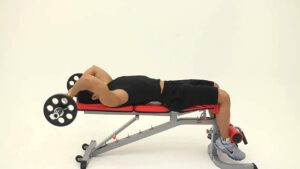
Lying Barbell Triceps Extension.wmv

